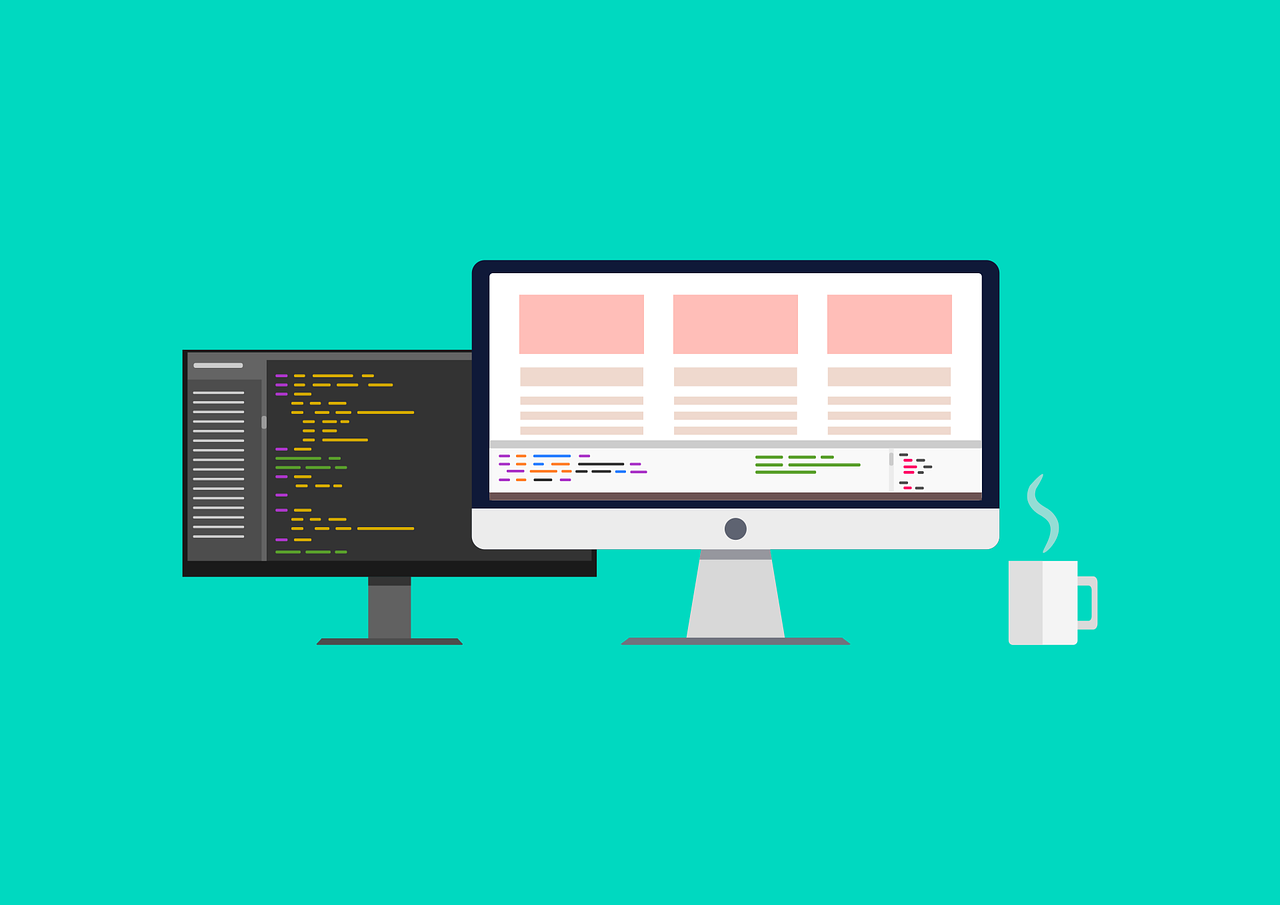In the world of web development, choosing the right front-end framework is crucial for building modern and visually appealing websites.
Two popular choices for developers are Angular Material and Bootstrap. Both frameworks offer a wide range of features and components that simplify the development process.
In this article, we will explore the differences between Angular Material and Bootstrap, discussing their design, ease of use, flexibility, built-in components, community support, and performance.
What is Angular Material?
Angular Material is a UI component library for Angular applications. It is built and maintained by the Angular team, providing developers with a set of pre-designed and ready-to-use UI components.
These components follow Google’s Material Design guidelines, which focus on creating a clean and cohesive user interface. Angular Material offers a seamless integration with Angular applications, making it a popular choice among Angular developers.
What is Bootstrap?
Bootstrap is a powerful front-end framework that offers a wide range of responsive and customizable components.
Initially developed by Twitter, Bootstrap has gained immense popularity due to its ease of use and flexibility.
It provides a robust grid system and a vast collection of pre-designed components, allowing developers to create modern and responsive websites quickly. Bootstrap is widely adopted and extensively supported by the developer community.
Comparison: Design and Customization
When it comes to design, Angular Material strictly follows Google’s Material Design guidelines, offering a sleek and modern look. The components provided by Angular Material are pre-styled and can be easily customized to fit the desired aesthetic. On the other hand, Bootstrap provides a more flexible approach to design, allowing developers to create unique and customized interfaces. The default style of Bootstrap components might appear less modern compared to Angular Material, but it provides more room for customization.
Comparison: Ease of Use
In terms of ease of use, Bootstrap has an edge over Angular Material. Bootstrap requires less configuration and is relatively simpler to set up, especially for beginners. Its extensive documentation and large community support make it easier to find examples and solutions to common issues. Angular Material, on the other hand, requires a deeper understanding of Angular and may have a steeper learning curve for developers not familiar with Angular concepts.
Comparison: Flexibility
When it comes to flexibility, Bootstrap offers more options compared to Angular Material. Bootstrap is designed to be adaptable and flexible, allowing developers to customize and extend its components according to their specific needs. On the other hand, Angular Material focuses on following the Material Design guidelines rigorously, reducing the flexibility for customization. While Angular Material provides a solid foundation for consistent design, it may lack the flexibility required for unique and highly customized interfaces.
Comparison: Built-in Components
Both Angular Material and Bootstrap offer a rich collection of built-in components. Angular Material provides a comprehensive set of Material Design components, including buttons, cards, dialogs, and more. These components are specifically crafted to match the Material Design guidelines, ensuring a coherent and visually appealing user interface. Bootstrap, on the other hand, offers a wide variety of components, including navigation bars, forms, modals, and more. These components are highly customizable and provide a solid foundation for building responsive websites.
Comparison: Community Support
Bootstrap has a massive community behind it, which has resulted in a vast array of resources, tutorials, and plugins available. Developers can find extensive documentation, countless examples, and active forums to seek help and share their experiences. Angular Material, being part of the Angular ecosystem, also enjoys a supportive community. However, it may not be as extensive as Bootstrap’s community, resulting in comparatively fewer resources and examples.
Comparison: Performance
In terms of performance, Angular Material and Bootstrap have different approaches. Angular Material, being built specifically for Angular applications, provides optimized and efficient components that integrate seamlessly. This results in better performance for Angular-based websites. On the other hand, Bootstrap is a more generic front-end framework and may not have the same level of fine-tuned performance optimizations as Angular Material. However, Bootstrap is still optimized for performance and offers good overall speed and responsiveness.
Conclusion
In conclusion, the choice between Angular Material and Bootstrap ultimately depends on the specific needs and preferences of the project. Angular Material provides a sleek and consistent Material Design experience, ideal for Angular applications. On the other hand, Bootstrap offers greater flexibility and customization options, making it suitable for a wider variety of projects. Both frameworks have their strengths and weaknesses, and developers should carefully evaluate their requirements before making a decision.
FAQs
FAQ 1: Is Angular Material only compatible with Angular applications?
Angular Material is specifically designed for Angular applications and provides seamless integration with the Angular framework. It may not be as suitable for other frameworks or standalone websites.
FAQ 2: Can I mix Angular Material and Bootstrap in the same project?
While it is technically possible to use both frameworks together, it is generally not recommended. Mixing different UI frameworks can lead to conflicts and potential styling issues.
FAQ 3: Which framework has better community support?
Bootstrap has a larger and more extensive community support compared to Angular Material. This results in more resources, examples, and plugins available for Bootstrap.
FAQ 4: Do both frameworks offer responsive design capabilities?
Yes, both Angular Material and Bootstrap are designed to be responsive and provide responsive grid systems and components to ensure websites look good on different devices.
FAQ 5: Can I extend the built-in components of Angular Material and Bootstrap?
While both frameworks offer customization options, Bootstrap provides a more flexible approach to extending and customizing its components compared to Angular Material.





